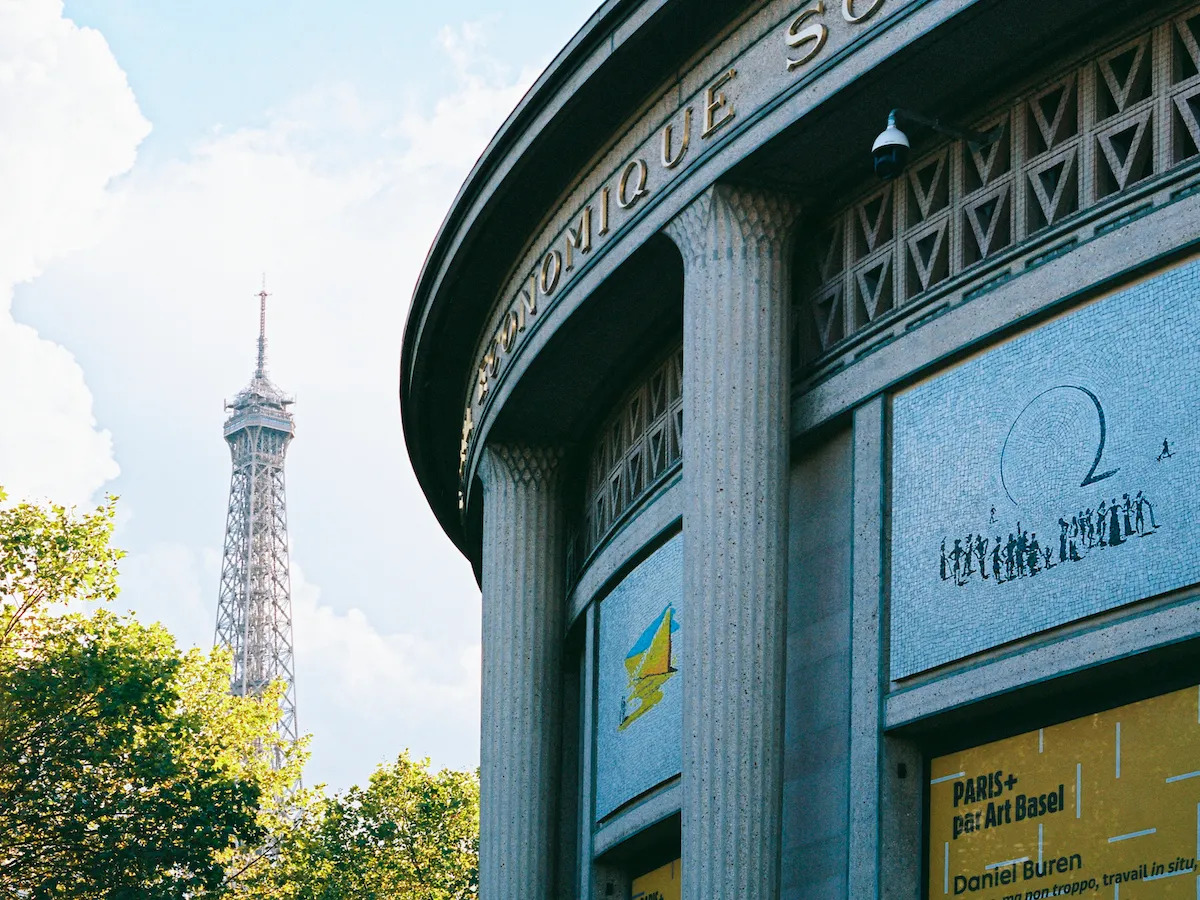After three decades at the helm of New York’s Museum of Modern Art, Glenn Lowry will step down in 2025, ending a career that has reshaped not only the institution but the broader cultural landscape. His departure, scheduled for September of that year, will mark the conclusion of a tenure that made him the longest-serving director in the museum’s history, having assumed the role in 1995 at the age of 40.
Lowry’s leadership has been synonymous with MoMA’s evolution, steering it through an era of expansion, both physically and ideologically. Notable among his achievements are two major renovations and the museum’s 2019 expansion, which increased the space to 708,000 square feet and redefined its approach to displaying art. Under his guidance, MoMA dismantled traditional barriers between disciplines, presenting works of art, architecture, dance, and film in conversation with one another. The 2019 rehang—perhaps the most emblematic of his leadership—diversified the galleries and ushered in a new era for the institution, albeit one abruptly interrupted by the pandemic.
Reflecting on his decision to step down, Lowry told *The New York Times*, “It’s the right moment to think about the future of the museum and I just thought, carpe diem… I didn’t want to be the person who stayed too long.” Marie-Josée Kravis, MoMA’s chairman, characterized the decision as one made “by mutual agreement,” despite speculation that Lowry’s contract might extend through 2029. His retirement will leave a legacy of expansion, both in terms of space and influence.
Yet, Lowry’s tenure was not without its controversies. His push for the museum’s 2014 expansion met sharp criticism for its proposal to demolish the American Folk Art Museum, a move that sparked protests from architecture critics. Despite public outcry, MoMA proceeded, albeit with modifications, and the expansion proved to be a triumph, bolstering the museum’s capacity and redefining its curatorial strategy.
Lowry also orchestrated MoMA’s 1999 merger with PS1, a contemporary art center in Long Island City, broadening the museum’s reach into the cutting edge of modern and contemporary art. Attendance grew steadily under his leadership, with the museum reporting a notable post-pandemic rebound—visitor numbers in 2022 exceeded those of 2019, a year marked by months of closure due to renovations.
However, his time at MoMA was also marred by internal tensions. The museum faced worker protests over wages, and board members like Leon Black came under scrutiny. Black, who stepped down as board chair in 2021 amid revelations of his ties to Jeffrey Epstein, has remained a lightning rod for controversy, though he continues to serve as a board member.
Despite these challenges, MoMA has remained at the forefront of modern art, recently mounting landmark retrospectives for artists like Joan Jonas and Wolfgang Tillmans. A Thomas Schütte survey is set to open soon, while earlier this year, the museum staged its largest-ever exhibition devoted to video art, underscoring its commitment to showcasing underrepresented mediums.
Lowry, who began his career as a scholar of Islamic art and previously led the Art Gallery of Ontario, will leave behind a museum that has become a global cultural powerhouse. As MoMA looks to the future, the question remains: who will take the reins of this storied institution, and how will they navigate its path forward in an ever-shifting cultural landscape?







